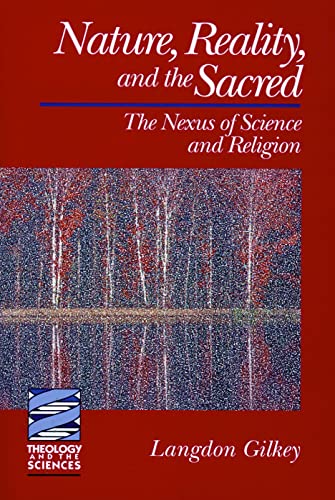An Introduction to Biblical Hermeneutics. The Search for Meaning
Written by Walter C. Kaiser and Moisés Silva Reviewed By Peter K. NelsonThe ‘catastrophic’ changes in the way texts have been understood during the short time since B. Ramm wrote Protestant Biblical Interpretation (1956) have generated for Kaiser and Silva a great urgency to write An Introduction to Biblical Hermeneutics. The authors are especially concerned to describe and respond to the shift in contemporary hermeneutics away from the notions of objective truth and authorial meaning, and toward reader-centred and relevance-based approaches.
The book is organized in four parts: (1) introductory matters of definition, theory and the nature of language; (2) features of the various biblical genres (narrative, poetry and wisdom literature, gospels, epistles and prophecy—Part Two is comparatively long); (3) uses and abuses of the Bible in devotional practice, culture and theology; (4) a history of interpretation (including an introduction to the New Criticism) and a look at what could be called the ‘implicit’ hermeneutics of the untrained. Kaiser has written nine chapters and Silva six chapters. The work is enhanced by chapter summaries, an annotated bibliography, glossary, and Scripture, name and subject indexes.
Kaiser and Silva have primarily in view an evangelical (and mainly North American) readership. The inspiration and authority of the Scriptures are assumed rather than argued, and are referred to quite frequently. Therefore, in keeping with the direction of Ramm’s work and in contrast to much hermeneutical theory and practice outside confessional circles, Kaiser and Silva are eager to extend the task of hermeneutics to include relevant and practical applications of the Bible. The hermeneutical task is incomplete until the believer’s life has been touched and changed by the principles expressed in the biblical text.
With so many substantial works on hermeneutics appearing in recent years, Kaiser and Silva are quick to clarify that their book is distinctive in its ‘startling’ approach. As joint authors they see themselves as something of an odd couple, and yet precisely this creative combination is to make reading the book seem like ‘eavesdropping on a vibrant conversation’. Readers do not get a ‘party line’, but must come up with their own conclusions.
The authors keep their word when describing this work as an ‘introduction’. They assume little knowledge of the vocabulary and issues of biblical scholarship, and yet they take the reader (perhaps ideally a first-year student) beyond the introductory level by expanding upon what is introduced.
An Introduction to Biblical Hermeneutics is very broad in its range of topics and its implicit understanding of the task of interpretation; the title could almost be An Introduction to Biblical Studies, Literature and Interpretation. For example, as Kaiser and Silva tour the genres of the Bible they do not often concentrate on questions of interpretive method, but instead provide what amounts to a broad introduction to the literature itself. The authors also seem to have an interest in actually teaching some lessons in subject areas such as theology, apologetics and the devotional life. Since they have cast their net so widely, it might be fitting for yet one more task to be encompassed in this work: to assemble the actual arguments for regarding the Bible as the unique and inspired Word of God (rather than simply taking the evangelical position as their starting point).
On the positive side, Kaiser and Silva’s work is ‘user-friendly’, faith affirming, and full of helpful examples of how to handle biblical texts. The authors’ command of their field and related disciplines is very impressive. Their openness to each other’s perspectives is surely a positive example for evangelicals when it comes to dealing with our differences. An effect of this approach is to urge upon Christian readers of the Bible a new humility by which we open our interpretations to constructive criticism and possible modifications.
It is somewhat doubtful, however, whether Kaiser and Silva actually deliver the ‘vibrant conversation’ advertised in the preface. The only instance of an overt challenge between them does not appear until the penultimate chapter (Silva chides Kaiser for excessively restricting the principle of the analogy of faith and for having a somewhat negative attitude toward the common, popular study of Scripture; Kaiser does not respond directly to these assertions in the final chapter). Further, the uninitiated student of hermeneutics—i.e. the reader this book targets—will probably not pick up the subtle points of difference between the authors (e.g. how Silva uses the term ‘meaning’ more loosely than Kaiser does).
Moreover, the urgent and critical need for this book (so the preface) seems somewhat overstated in light of the recent works of, for example, G. Osborne (The Hermeneutical Spiral), W. Klein, C. Blomberg and R. Hubbard (Introduction to Biblical Interpretation), and R. Tate (Biblical Interpretation).
Nevertheless, Kaiser and Silva provide an excellent broad introduction to biblical hermeneutics, a text that will serve theological students and ministers well for many years to come. The shortcomings of the work are far outweighed by its many strengths, and the book is worthy of a hearty recommendation.
Peter K. Nelson
First Baptist Church, Henning, Minnesota







